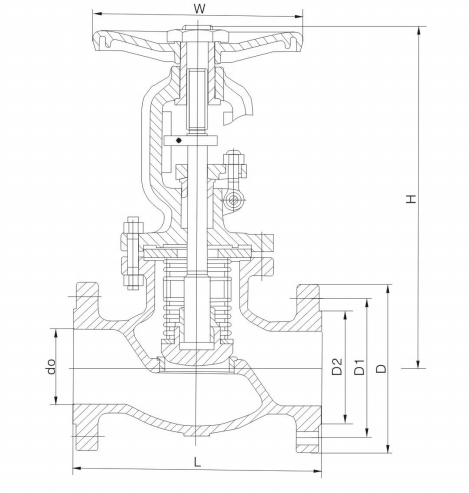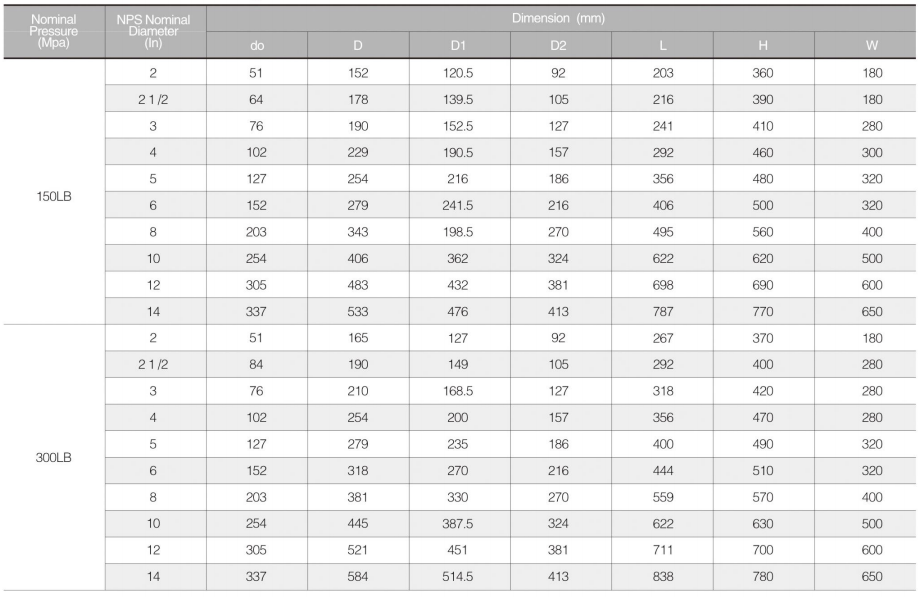Product Origin:
ChinaColor:
CustomizationShipping Port:
Ningbo/Shanghai,ChinaLead Time:
30~55 days Ex Works After Order ConfirmationMaterial:
ASTM A105Method of Operation:
HandwheelThe bellows seal globe valve adopts the bellows seal design, which completely eliminates the shortcomings of the normal valve stem packing seal aging and easy to leak, not only improves the energy efficiency, increases the safety of the production equipment, reduces the maintenance cost and frequent maintenance. It also provides a clean and safe working environment.Its simple structure and the low price makes it almost no "competitors".
Quick Detail
|
Type |
Globe Valve |
|
Norminal Size |
1.5 Inch |
|
NorminalPressure |
150LB |
|
Construction |
Bolted Bonnet, Outside Screw & Yoke, Rising Stem, Bellow Seal |
|
ConnectionType |
RF Flange |
|
Operation |
Handwheel |
|
Design Code |
ASME B16.34, API 602 |
|
Face to Face |
ASME B16.10 |
|
Flange End |
ASME B16.5 |
|
Test & Inspection |
API 598 |
|
Body Material |
ASTM A105 |
|
ApplicableTemp |
-29℃~+425℃ |
|
Application |
Water, Oil, Gas |
Structure Feature
1. Double seal design (corrugated pipe + packing). If the bellows fails, the stem packing will also be avoided;
2. External leakage, and in line with international sealing standards;
3. No fluid loss, reduce energy loss, and improve plant equipment safety;
4. Long service life, reduce the number of maintenance, reduce operating costs;
5. Rugged bellows seal design, ensuring zero leakage of the valve stem, providing maintenance-free conditions.
Technical Drawing

Dimension

Our Service
Dervos customer service is one of our biggest competitive advantages. In Dervos, we provide-
1.Quotation within 24 hours or no later than 3 days
This will let you meet the quotation submission deadline and enhance your working efficiency
2.Weekly status report of your order
In this way, you will have a clear picture of your order. You do not need to waste time on pushing us for status update
3.An 18-month warranty period
A warranty certificate will issued after shipment and you will not have any concern after buying valves.
4.Solutions to complaints within 3 days
Quick and responsible actions to complaints will protect your reputation and reduce the financial loss as much as possible.
If you are interested in our products and want to know more details,please leave a message here,we will reply you as soon as we can.